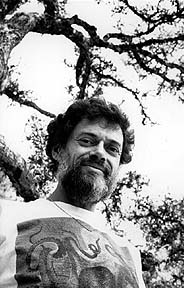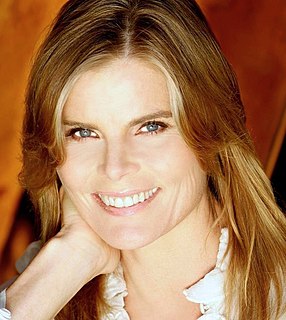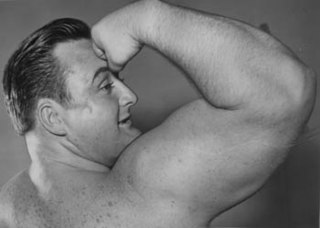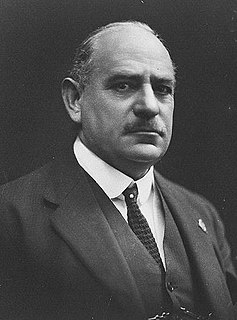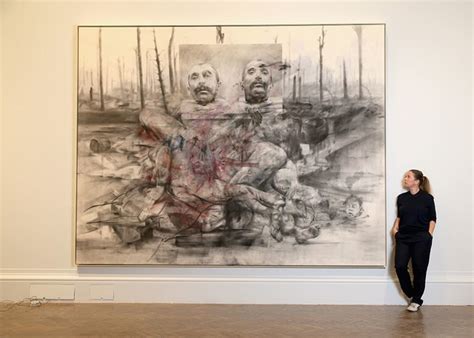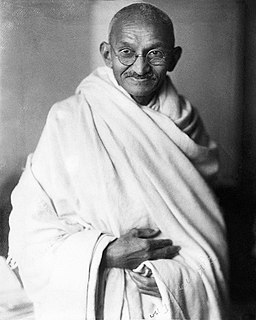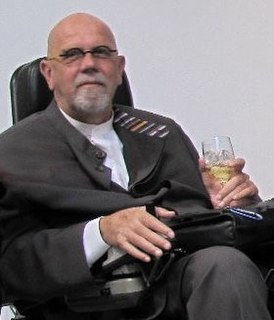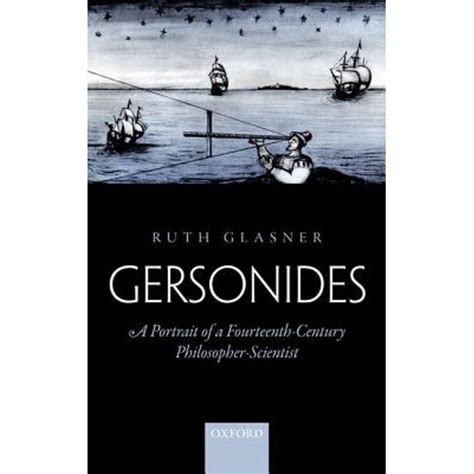A Quote by Willem de Kooning
Maybe in that earlier phase I was painting the woman in me. Art isn't a wholly masculine occupation, you know.
Related Quotes
For me, architecture is an art the same as painting is an art or sculpture is an art. Yet, architecture moves a step beyond painting and sculpture because it is more than using materials. Architecture responds to functional outputs and environmental factors. Yet, fundamentally, it is important for me to stress the art in architecture to bring harmony.
Perhaps, you know, new laws, new domains of potential openness are occurring as the universe ages, and complexity previously disallowed is now possible, and we are that complexity. We are nature moving out of its genetic phase - a phase under the control of chemical genes, which are physical structures, in to an epigenetic phase, a phase of culture ruled by codes, transformable culturally confined codes - mathematics, religion, philosophy, art, dance, humor.
It is harder to be a lifter than a bodybuilder...lifting is purely masculine whereas bodybuilding entails feminine traits. Bodybuilding reminds me of a woman getting ready to go somewhere. Can you tell me that greasing your body up and posing in front of a mirror is masculine? A bodybuilder puts strength secondary to his physique, whereas the lifter puts strength foremost because it is more masculine to do so.
I was doing something that the officials or art commission probably didn't consider important... I was experimenting with different kinds of realistic art, impressionism and the more decorative compositions of different forms of painting, which took away from the earlier photographic realism that I was doing.
I'm not anti conceptual art. I don't think painting must be revived, exactly. Art reflects life, and our lives are full of algorithms, so a lot of people are going to want to make art that's like an algorithm. But my language is painting, and painting is the opposite of that. There's something primal about it. It's innate, the need to make marks. That's why, when you're a child, you scribble.
Because the true perfection of a practical occupation consists not only in knowing the actual performance of the occupation but also in its explanation, why the work is done a in a particular way, and because the art of calculating is a practical occupation, it is clear that it is pertinent to concern oneself with the theory.



